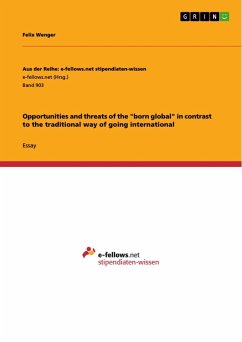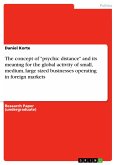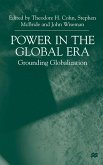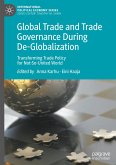Essay aus dem Jahr 2008 im Fachbereich Politik - Thema: Globalisierung, pol. Ökonomie, Note: 1A, University of Stirling, Veranstaltung: International Business, Sprache: Deutsch, Abstract: Globalisation is omnipresent in today's society and economy. The reduction of international communication and logistic costs, the increase in customer mobility and market homogeneity and other present-day trends are among the reasons for the emergence of small and medium firms which are able to operate internationally rapidly after inception - so-called 'Born globals'. But while the new research field of 'International entrepreneurship' focuses mainly on the phenomenon and process of internationalization a lack of insight into the challenges, which Born globals are confronted with during their internationalization process, is apparent. Important in this case is the question of how these challenges differ from those of traditional internationalizing small and medium enterprises. This essay will examine the definition and characteristics of born global small and medium enterprises, and will then go on to analyse the reasons for the emergence and review related literature to found conceptual foundation for the discussion. Subsequent will be the discussion of opportunities and threats of the born global way in contrast to the traditional way of internationalization. Finally, a conclusion will reflect on the main findings of this work.








